You are using an out of date browser. It may not display this or other websites correctly.
You should upgrade or use an alternative browser.
You should upgrade or use an alternative browser.
GPD Win (x86 Computer / Palmtop)
- Thread starter Xcl4m4t10n
- Start date
When I find more time, yes.ED, can we get some new Pyra videos soon?
I'm preparing the mass production and preorder setup right now, and the new landing page for new users.
This eats quite a bit of time...
I don't think so... these dome caps are pretty reliable.Looks like a keyboard I would wear out in a months time.
However, it seems the now have a printed plastic case with a physical dummy PCB... so not even yet an assembled PCB.
I guess things take longer as they thought.
Klumpen
Run away! Run away!
Also, they would permanently ask for videos of what it can do, and if the team doesn't have time to do them, some could easily claim it doesn't work as it should, etc.
ED, can we get some new Pyra videos soon?

When I find more time, yes.
*lol*
- Joined
- Jan 18, 2010
- Messages
- 11,387
They've never met my thumbs before...I don't think so... these dome caps are pretty reliable.
Chip
[Insert Custom Title Here]
Good news on the linux front. Some community members finally cracked the HDMI audio nut on cherry trail. That means all the SoC-specific features should have linux drivers now. 3rd party features (specifically wireless and gaming controls) are still up in the air until we find out what silicon GPD will end up using.
fusion_power
Advanced Member
But don't forget, overall they still faster reached that point than the Pyra did. I fear they will overtake us at some point if they really continue with that speed. And if time is really money, they even save alot of costs alone through their speed. Almost scary.I don't think so... these dome caps are pretty reliable.
However, it seems the now have a printed plastic case with a physical dummy PCB... so not even yet an assembled PCB.
I guess things take longer as they thought.
vcoleiro1
Hardcore Member
- Joined
- Jan 23, 2011
- Messages
- 4,685
Well GPD are committed to delivering to their October Kickstarter deadline. So I would just keep that timing in mind when making Pyra plans.
Their short term plan is to have Prototypes in the hands of testers around the world in June. They will also do a Chinese crowd funding in June
Their short term plan is to have Prototypes in the hands of testers around the world in June. They will also do a Chinese crowd funding in June
But don't forget, overall they still faster reached that point than the Pyra did. I fear they will overtake us at some point if they really continue with that speed. And if time is really money, they even save alot of costs alone through their speed. Almost scary.
Well, not really. The first physical PCB sample was ready about 1 month after Nikolaus started with the layout and had placed the major parts there.
The first printed design of the case was done about 2 months after they started designing the case.
It was LONG ago that we did that, don't forget it
Also, compared to the Pyra, their design is standard and simple. (Note: Compared to the Pyra, I don't say it is overall simple!)
They save a lot of time in case design and production by not having features like a replacable battery.
Nikolaus is working on the PCB and debugging himself, if 5 persons are doing this, it's 4 times as fast (so everything that takes 4 years could be done in one, and Nikolaus was working about 2,5 - 3 years on the PCB design).
What took so long with the Pyra is the concept and design of the modular PCBs. Nikolaus estimated a while ago, that the development would've been 2 - 3 times faster if we didn't make a modular CPU board, as in this case, we could've simply copied the design guides for the OMAP5 EVM.
Due to the added complexity, we had to recreate it from scratch.
rygD
Nihilistic Mystic
I am pretty sure that style of keyboard won't last as long as what Pandora and Pyra have. I also think it might be more difficult and expensive to replace it when it dies. I am pretty sure that keyboard isn't actually there to be used much, and its just to say "look, we have a keyboard AND Windows". Although ED thinks they are pretty good, the paint comes off pretty quick, and most of the ones on my Motorola devices have at least a few keys that are messed up. Some pick up presses without being pushed, some don't reliably register a press, and one or two just feel messed up.Looks like a keyboard I would wear out in a months time.
It was a bit of a joke, like what @Klumpen showed with the quotes (although I am happy with all videos, pics, and news you share, so I do want more).When I find more time, yes.
I'm preparing the mass production and preorder setup right now, and the new landing page for new users.
This eats quite a bit of time...
vcoleiro1
Hardcore Member
- Joined
- Jan 23, 2011
- Messages
- 4,685
Ok, so GPD just posted on Baidu how they are going to keep the WIN cool. Basically they will use a big metal heatsink between the keyboard and the main board. You would have also noticed from the previous image I posted of the back of the keyboard, that they have put copper all over the back of it. It will also be used as a heat sink. Plus there is something about the speaker magnet vibration also helping heat conduction.
Anyway, here is their post on Baidu, complete with bad Google Chinese to English translation:
Source: http://tieba.baidu.com/p/4493145089
"About WIN cooling issues of concern here about the unified reply! WIN three ways for cooling: First of all, between the motherboard and keyboard WIN board uses a keyboard with the board and other large aluminum heat sink. Commonly used metal cooling, the thermal conductivity is high to low copper> Al> Fe, where we use an aluminum heat sink. Secondly, professional custom dual stereo 5 AC magnetic vibration speaker, it built five NdFeB magnetic speaker is the most powerful permanent magnets. Sound put port with cover, to avoid into the gray. Vibration speaker can drive the heat conduction. Finally, the body in front of a group of cooling holes on each side for direct heat."
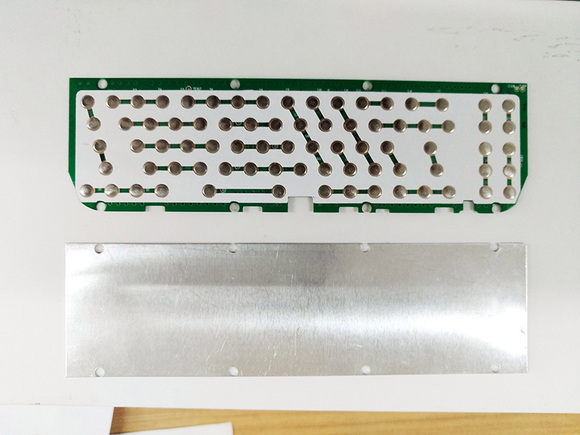
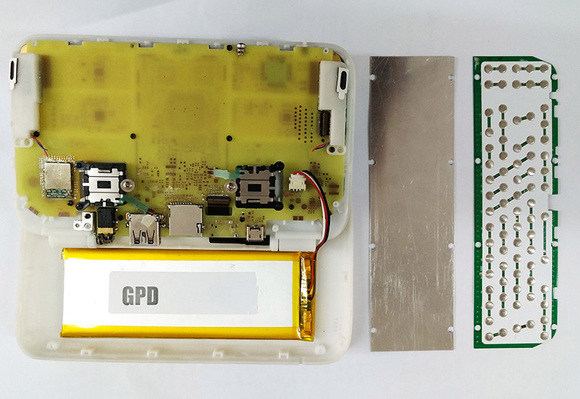
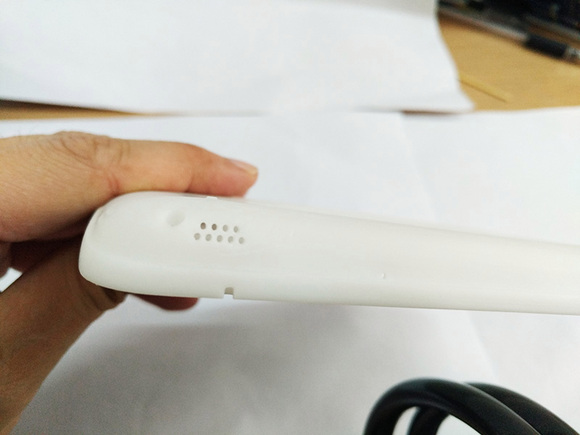
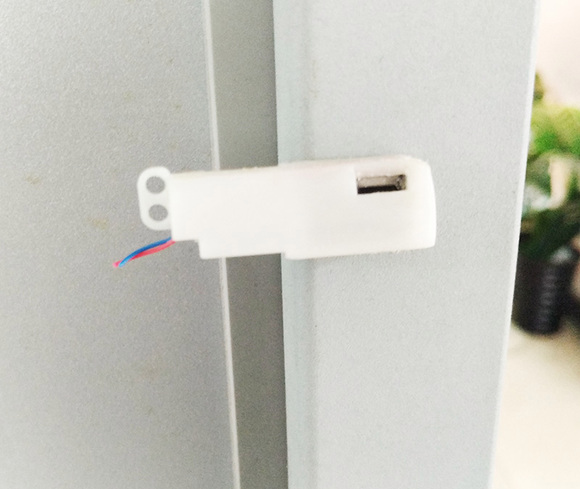
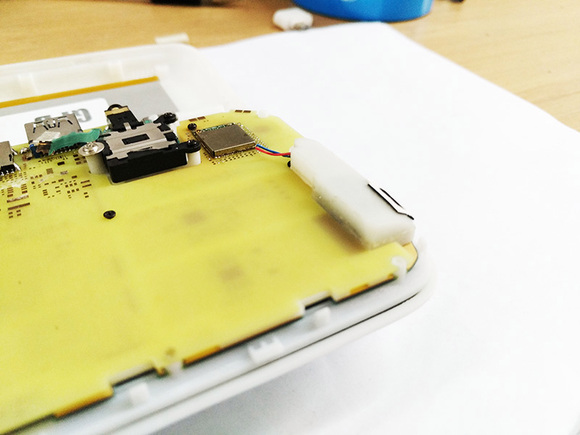
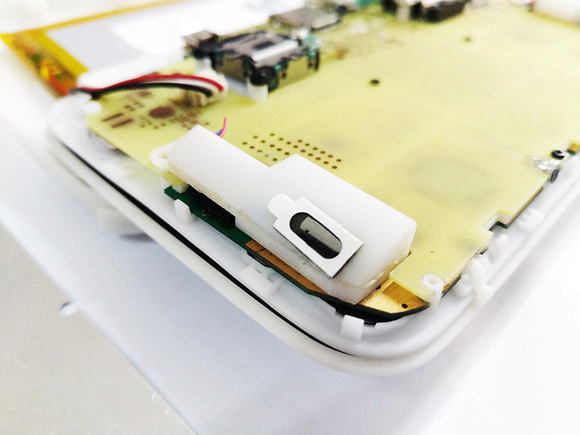
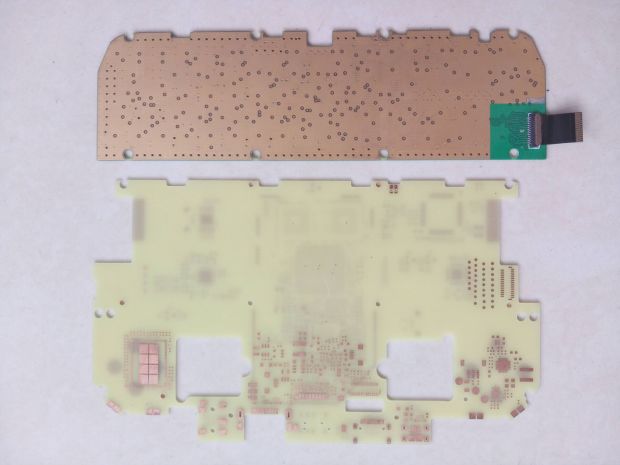
Anyway, here is their post on Baidu, complete with bad Google Chinese to English translation:
Source: http://tieba.baidu.com/p/4493145089
"About WIN cooling issues of concern here about the unified reply! WIN three ways for cooling: First of all, between the motherboard and keyboard WIN board uses a keyboard with the board and other large aluminum heat sink. Commonly used metal cooling, the thermal conductivity is high to low copper> Al> Fe, where we use an aluminum heat sink. Secondly, professional custom dual stereo 5 AC magnetic vibration speaker, it built five NdFeB magnetic speaker is the most powerful permanent magnets. Sound put port with cover, to avoid into the gray. Vibration speaker can drive the heat conduction. Finally, the body in front of a group of cooling holes on each side for direct heat."







fusion_power
Advanced Member
Very interesting, it indeed needs some creativity to cool such a small device. The Aluminium Plate could do the trick, I imagine it would work even better if the plate has a more structured surface, which would bring more surface onto the same space.
Speaker holes seem to small to do anything for reducing heat. The Pyra SD card slots that ED suggested for heat spreading may be more efficient there. Extra vent-holes are of course even better.
Speaker holes seem to small to do anything for reducing heat. The Pyra SD card slots that ED suggested for heat spreading may be more efficient there. Extra vent-holes are of course even better.
Well, there is one issue, which is the same we have with the Pyra as well:
Metal plates inside the case help spread the heat, so the SoC takes longer to reach the maximum temperature.
However, the metal slowly heats up as well, so after about 10 - 20 minute with high-power usage, the metal plates won't do anything.
So this extends the time to reach that point a bit, but unless you exchange the heat actively with air.
That's the reason we added some air vent holes in the backside of the case. This won't help much, but at least a bit.
Metal plates inside the case help spread the heat, so the SoC takes longer to reach the maximum temperature.
However, the metal slowly heats up as well, so after about 10 - 20 minute with high-power usage, the metal plates won't do anything.
So this extends the time to reach that point a bit, but unless you exchange the heat actively with air.
That's the reason we added some air vent holes in the backside of the case. This won't help much, but at least a bit.
Last edited:
vcoleiro1
Hardcore Member
- Joined
- Jan 23, 2011
- Messages
- 4,685
I suppose since the keyboard bottom in combination with that metal plate is acting as the heat sink . Then the entire keyboard cutout hole would also act as a heat venting hole
So there's the port holes at the back, the speaker holes, and the keyboard cutout hole. There is also something in their post about the speakers assisting with heat dissipation, not sure if they somehow act to pump the air out. Hard to comprehend the google chinese translation and other translators efforts
So there's the port holes at the back, the speaker holes, and the keyboard cutout hole. There is also something in their post about the speakers assisting with heat dissipation, not sure if they somehow act to pump the air out. Hard to comprehend the google chinese translation and other translators efforts
Last edited:
rygD
Nihilistic Mystic
I thought I had read that, but I thought it was an idea that was proposed to you, not an official decision. What is the location for these (around the ports, on the hinge area, beneath where the lid rotates, etc)? Are there pictures of this yet? Will it make pocket fuzz or liquid (light rain) more of an issue, allowing them entry to the interior of the case?That's the reason we added some air vent holes in the backside of the case. This won't help much, but at least a bit.
Klumpen
Run away! Run away!
Does somebody know the size of the smallest fans available?
There is also something in their post about the speakers assisting with heat dissipation, not sure if they somehow act to pump the air out. Hard to comprehend the google chinese translation and other translators efforts
There is no doubt, speakers in action moves air.
Pyra have space around speakers for them to be effective and of course holes. Why isn't this space used to spread heat? but the active heat spreading would be quit noisy.
Exophase
Nothing good will ever come of Exophase.
Well, there is one issue, which is the same we have with the Pyra as well:
Metal plates inside the case help spread the heat, so the SoC takes longer to reach the maximum temperature.
However, the metal slowly heats up as well, so after about 10 - 20 minute with high-power usage, the metal plates won't do anything.
So this extends the time to reach that point a bit, but unless you exchange the heat actively with air.
That's the reason we added some air vent holes in the backside of the case. This won't help much, but at least a bit.
That big chunk of metal is not going to heat up to the same maximum temperature the little SoC will given the same input power. A larger object will have a lower temperature than a smaller one with the same heat applied. The heat will be distributed to more molecules causing the average kinetic energy of those molecules to be lower.
Heatsinks are useful for lowering component temperature even in a vacuum where there's no convection, this is apparent in designs for satellites, for instance.
I suppose since the keyboard bottom in combination with that metal plate is acting as the heat sink . Then the entire keyboard cutout hole would also act as a heat venting hole
With a side effect: the keyboard can get pretty warm. Especially if it's very thin.
On the Pyra, you can feel the DPad warming up a bit after a while.
Unfortunately, without any active air vent (fan), you can never really get the heat out of the device.
Moving the heat out of the way and exposing it to the air improves things a bit, but the only real way of exchanging cold and warm air is using a fan with a properly ventilated heatsink.
Everything else delays the heat and helps the temperature keep at a lower level with normal usage, but when doing demanding tasks, the device will only need longer to get warm. After 30 - 40 minutes, there's no real difference anymore whether you use heatsinks or not (we used infrared cameras to test this exactly).
The bigger the heatsink is, the longer it needs but once everything has warmed up, it's the same.
This is the case with any smartphone, tablet, etc.
And also the reason the Shield has a fan, as it was meant to run demanding tasks for a longer period of time.
fusion_power
Advanced Member
Well, every little bit helps for sure.So this extends the time to reach that point a bit, but unless you exchange the heat actively with air.
That's the reason we added some air vent holes in the backside of the case. This won't help much, but at least a bit.
I'm sure, future (and more powerful ) devices like Pyra & Co. will need at least a metal case. Modern Smart Phones benefit alot from this, even without a active Fan. And these Phones are already much faster than the OMAP5. AFAIK the new iPhone SoC's are real beasts.Unfortunately, without any active air vent (fan), you can never really get the heat out of the device.
Similar threads
- Replies
- 7
- Views
- 4K
- Replies
- 22
- Views
- 12K


